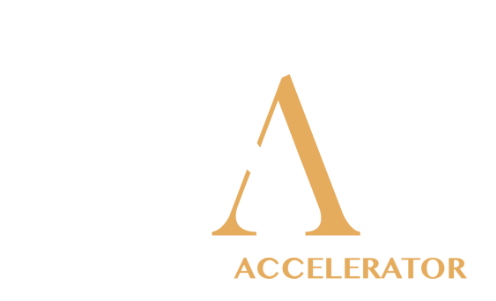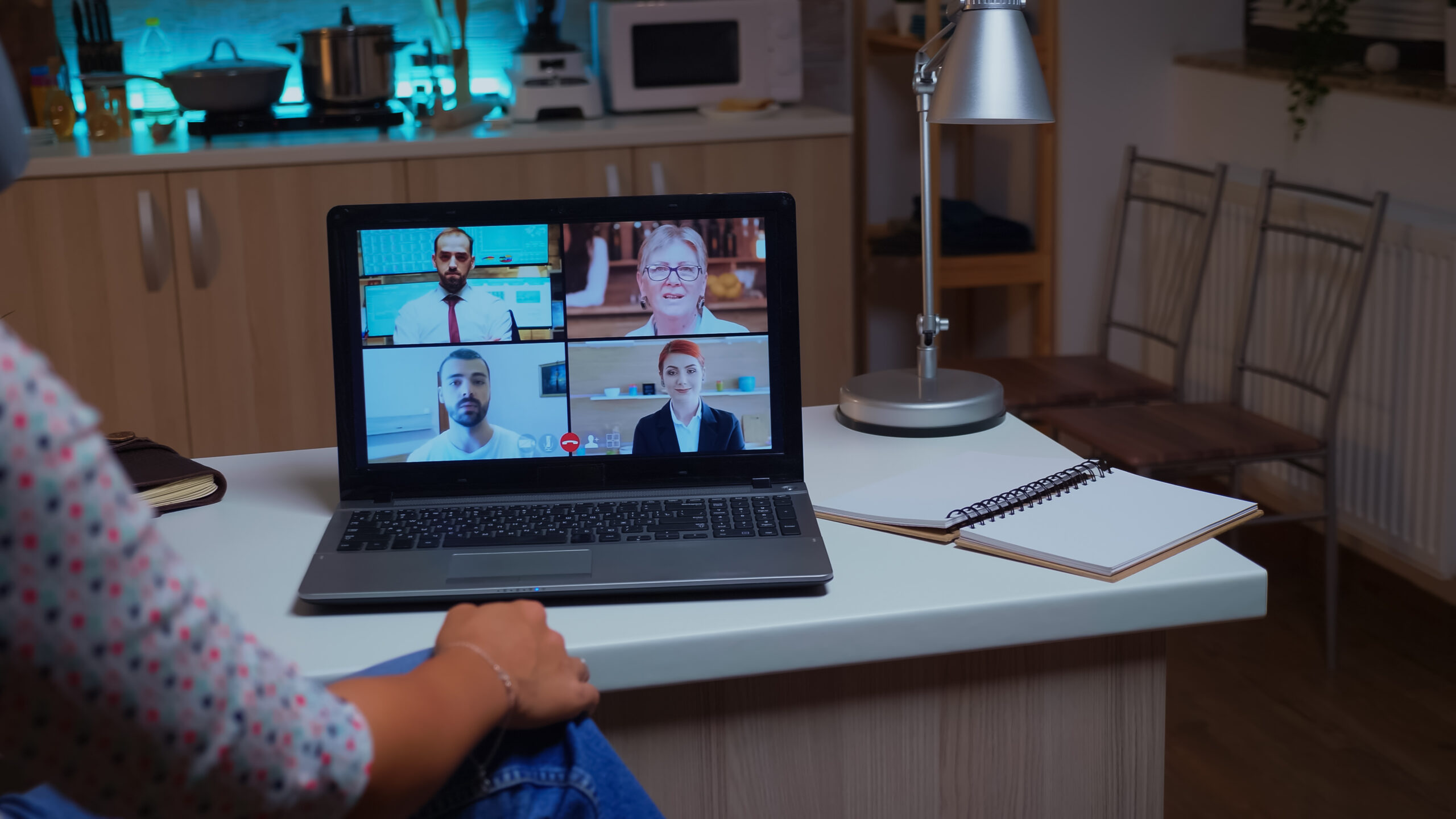In the competitive world of recruitment, effectively preparing for client meetings is crucial. Proper preparation not only sets the tone for a successful partnership but also positions you as a professional who understands the intricacies of the recruiting process. This article distills essential strategies and techniques for preparing and executing successful recruiting client meetings.

Understanding the Client’s Needs
Researching the Client
Before engaging in any client meeting, thorough research is paramount. Understanding the client’s business, industry, and specific needs lays the groundwork for a productive conversation.
- Use LinkedIn: Start by exploring the company’s LinkedIn profile. Look for recent posts, company updates, and employee activities to get a sense of their current priorities and culture.
- Visit the Company Website: The website provides an overview of the company’s mission, values, and services. Pay attention to the careers page to understand their hiring needs.
- Social Media: Platforms like Instagram, Facebook, and Twitter can offer real-time insights into the company’s latest news and public engagements.
By gathering this information, you can tailor your pitch to align with the client’s current goals and challenges.
Setting the Agenda
Establishing a clear agenda at the beginning of the meeting helps manage time effectively and ensures that all critical points are covered.
- Confirm the Meeting Duration: Verify the time allotted for the meeting upfront. This can be done with a simple, polite inquiry, such as: “We have 25 minutes scheduled for our call today. Does that still work for you?”
- Outline the Discussion Points: Clearly state the topics you intend to cover. This could include the client’s hiring needs, the recruitment process, and any specific challenges they are facing.
Setting the agenda not only helps in managing the meeting time but also portrays you as organized and professional.
Presenting Your Services
Demonstrating Your Expertise
Clients want to work with recruiters who have a deep understanding of their industry and hiring needs. Demonstrating your expertise is crucial in building trust.
- Showcase Your Successes: Share relevant success stories and case studies that highlight your ability to meet similar hiring needs.
- Discuss Your Process: Walk the client through your recruitment process, emphasizing how your methods ensure the selection of top-tier candidates.
Handling Fee Objections
Clients often negotiate fees, and how you handle these discussions can significantly impact your relationship.
- Explain the Value: If a client asks for a discount, explain the value of your standard fee. For example: “I work with clients at a standard 20% fee. It’s challenging to justify pulling my team away from these clients for a discounted rate.”
- Tiered Fee Structure: Offer a tiered fee structure as a compromise. This means starting at your standard rate and offering discounts for volume over time. For example, “We can start at 20% for the first three roles, 18% for the next three, and then 15% thereafter.”
Addressing Volume Discounts
When clients request volume discounts, it’s essential to structure the agreement in a way that protects your interests while offering them the incentive they seek.
- Start with Standard Fees: Initially, charge your full fee to ensure commitment and seriousness from the client.
- Offer Gradual Discounts: As the client proves their commitment by providing more roles, gradually decrease the fee.
For instance: “We can start at 20% for the first three positions. If you provide more roles, we can discuss a discount for subsequent positions.”
Building Long-Term Relationships
Creating Win-Win Situations
Successful recruiting is about building long-term relationships where both parties benefit. Here’s how you can create win-win situations:
- Mutual Benefit: Ensure that the terms of the agreement are beneficial for both you and the client. This builds trust and encourages long-term collaboration.
- Transparent Communication: Maintain open and honest communication with the client. This includes being upfront about what you can and cannot deliver.
Providing Continuous Value
Even after the initial placement, continue to provide value to your clients. This can be done through regular check-ins, offering additional services, and being available for any follow-up needs.
- Regular Updates: Keep the client informed about the progress of their recruitment process.
- Additional Services: Offer services such as training for new hires, market insights, and salary benchmarking.
Preparing for Objections
Anticipating Common Objections
Being prepared for common objections helps in handling them effectively and confidently.
- Discount Requests: As mentioned earlier, clients may request discounts. Be prepared with a polite but firm response that emphasizes the value of your services.
- Volume Discounts: Have a structured approach to offering volume discounts, ensuring that your interests are protected.
Practicing Your Responses
Role-playing potential scenarios with colleagues or mentors can help you refine your responses to objections. Practice ensures that you are not caught off guard during the actual meeting.
- Internal Role-Playing: Engage in role-playing exercises with your team or a community of like-minded professionals.
- Feedback Loop: Use feedback from these exercises to improve your approach and responses.
Utilizing Technology
Leveraging CRM Tools
Customer Relationship Management (CRM) tools can help you keep track of client interactions, preferences, and feedback. This data is invaluable in personalizing your approach and improving client relationships.
- Track Interactions: Record all client interactions in your CRM tool.
- Personalize Follow-Ups: Use the data to personalize your follow-up communications and offers.
Video Conferencing
In the digital age, many client meetings happen over video calls. Ensure that you are well-prepared for these meetings by testing your equipment and having a professional setup.
- Test Your Equipment: Ensure your camera, microphone, and internet connection are functioning properly before the call.
- Professional Setup: Maintain a clean and professional background for video calls.
How to Prepare for Successful Recruiting Client Meetings
Preparing for successful recruiting client meetings involves a combination of thorough research, clear communication, and effective handling of objections. By understanding the client’s needs, demonstrating your expertise, and building long-term relationships, you can position yourself as a trusted partner in their hiring process. Leveraging technology and practicing your responses further enhances your readiness for these critical meetings. Follow these strategies to make your client meetings productive, professional, and ultimately successful!
Also read: How to Automate Your Recruiting Business for Efficiency!
I’m Jon Chintanaroad, and I’m thrilled to have you join me on my journey. With 5 years deeply entrenched in the dynamic landscape of my own recruiting agency, I understand the trials and triumphs of building something from the ground up. Over the last 4 years, I’ve had the incredible privilege of helping over 200 individuals turn their dreams of owning a thriving recruiting agency into a reality. There’s a unique joy in assisting others to achieve something they’ve always aspired to but have yet to start.
If you’re someone yearning to break into the recruiting industry, scale your venture to $20k+ a month, all while maintaining your 9-5 stability until your business takes off – you’re in the right place.
Click here to watch my FREE training on how to start your own profitable recruiting business!



